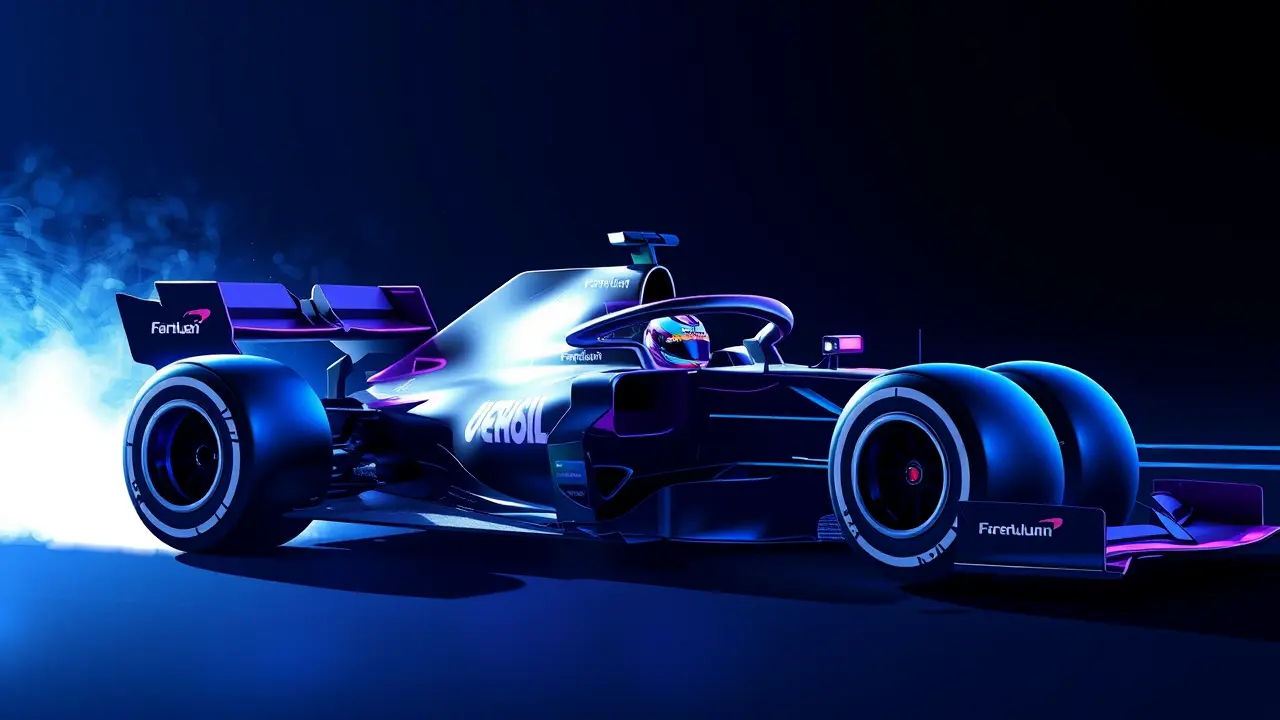Karun Chandhok Criticizes 2026 Formula 1 Technical Regulations
The Formula 1 world is bracing for another seismic shift with the 2026 technical regulations, a change that former F1 driver Karun Chandhok believes is unlikely to benefit the championship. Speaking with the candid insight of someone who has navigated the sport's highest echelons, Chandhok articulated a profound skepticism that cuts to the heart of F1's ongoing identity crisis.The core of the 2026 overhaul, a move to a power unit where the hybrid component delivers a staggering 50% of the total power, represents the most significant powertrain evolution since the introduction of the V6 turbo-hybrid era in 2014. Chandhok paints a picture of a fundamentally different beast emerging from the garages; these will not be mere evolutions of current cars but entirely new machines that will force drivers to become hyper-strategic energy managers, constantly calculating battery deployment like chess grandmasters plotting their endgame.This isn't just an engineering challenge; it's a philosophical pivot that risks alienating the core fanbase who fell in love with the raw, visceral scream of naturally aspirated engines. Chandhok’s critique, however, isn't just nostalgic grumbling.He presents a compelling alternative vision, one where Formula 1 would have been better served by pivoting to cleaner-burning V8 engines running on sustainable fuels, a path that could have simultaneously addressed environmental concerns while delivering the lighter, nimbler, and more driver-centric cars that purists crave. Imagine cars shedding hundreds of kilograms, dancing through corners like the legendary Lotus 49, drivers wrestling with mechanical grip rather than managing a complex battery state-of-charge.This vision stands in stark contrast to the path F1 has chosen, a path dictated by the immense lead times required for manufacturers to develop these hyper-complex power units. The 2026 regulations were locked in years in advance, a necessary evil to give powerhouses like Mercedes, Ferrari, and incoming giants like Audi a stable foundation for billion-dollar R&D programs.Yet, one must ask if this prioritization of manufacturer interests over the spectacle of the sport is a Faustian bargain. The historical precedent is worrying; the 2014 regulatory shift, while a technical marvel, initially plunged the sport into an era of predictable Mercedes dominance and muted engine notes that took years to recover from.The risk in 2026 is even greater, potentially creating a two-tiered field where teams with superior energy recovery systems run away with races, reducing wheel-to-wheel combat to a calculated conservation exercise. What does this mean for the next generation of fans? Will they be captivated by the strategic depth of energy management, or will they long for the simpler, more brutal contest of man and machine that defined eras past? Chandhok’s voice joins a growing chorus of concern from legends like Nigel Mansell and current drivers who privately express unease.The soul of Formula 1 is once again on the line, balanced precariously between technological progress and the fundamental, thunderous drama that made it the pinnacle of motorsport. The 2026 season will be the ultimate test, revealing whether this bold new direction propels the sport to new heights or becomes a cautionary tale of innovation at the expense of excitement.
JA
Jamie Wilson123k2 days ago
tbh idk about this, feels like they're overcomplicating things again smh
0
